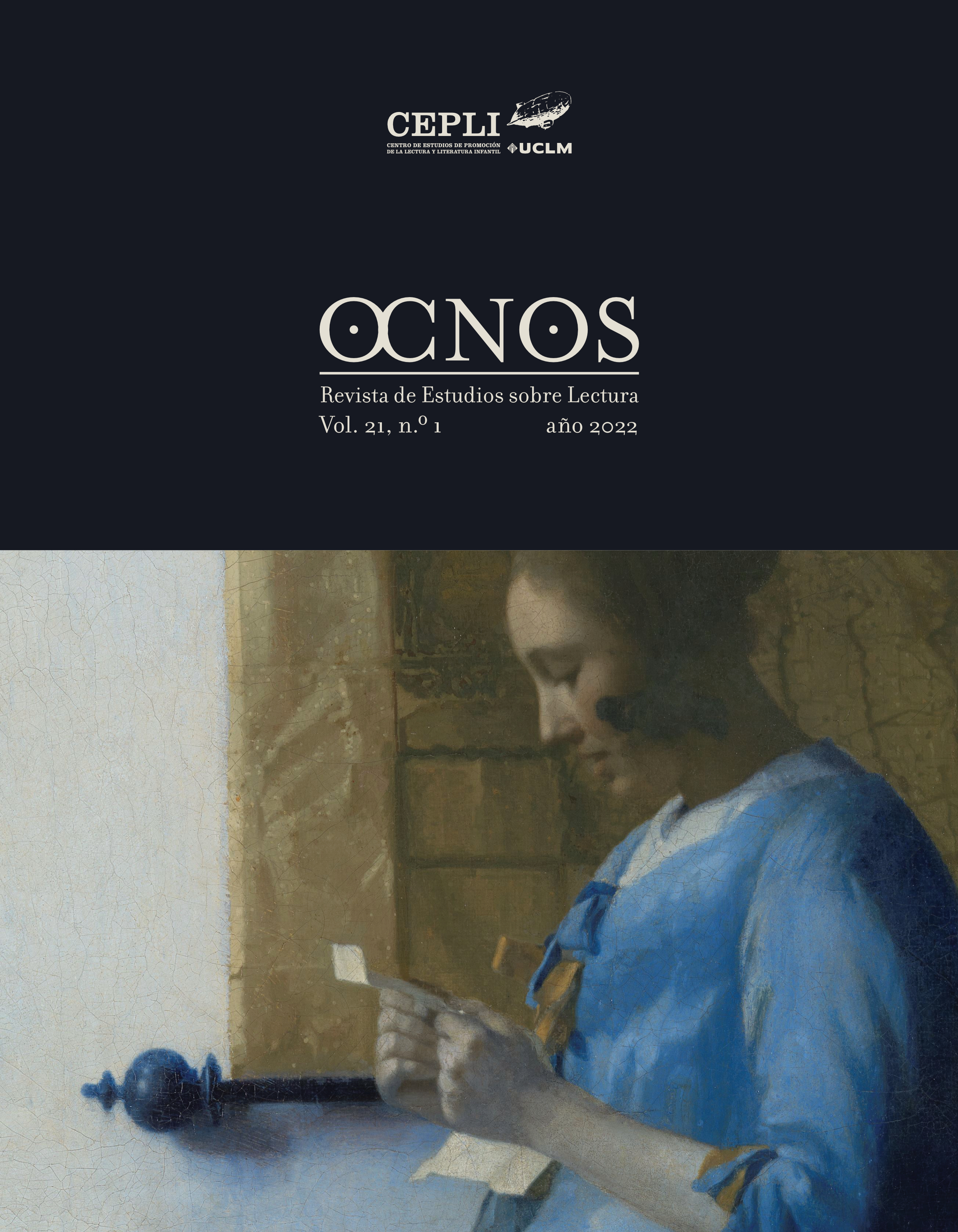Wordless picturebooks: a theoretical review of the articles published between 1975-2020
Main Article Content
Abstract
Picturebooks are one of the fundamental resources in literary education since the first ages due to the richness of the relationships established between three essential elements in its design: object, text and illustrations. Within the different typologies, the wordless picturebook relies on the sequence of images as a narrative element and resources from different artistic languages. The aim of this study was a theoretical review of the articles in the bibliographic databases Scopus and Web of Science in order to know the investigations developed by means of this type of picturebooks. Once the inclusion and exclusion criteria were applied, 228 articles in English were analysed in the period 1975-2020. The results showed the increasing trend in the number of publications in the period, the most frequently used works, the journals with the most publications and the recurring topics in the set of articles. The conclusions highlight that the wordless picturebook is a type of work which offers more challenges than the simple visual stimulus, an interpretative space in which to approach complex topics, and that its artistic proposals are suitable for readers of all ages.
Downloads
Article Details

This work is licensed under a Creative Commons Attribution-NonCommercial-NoDerivatives 4.0 International License.
The articles published at Ocnos will have a Creative Common Licence Creative Commons Attribution-Noncommercial-No Derivative Works 3.0 Unported

